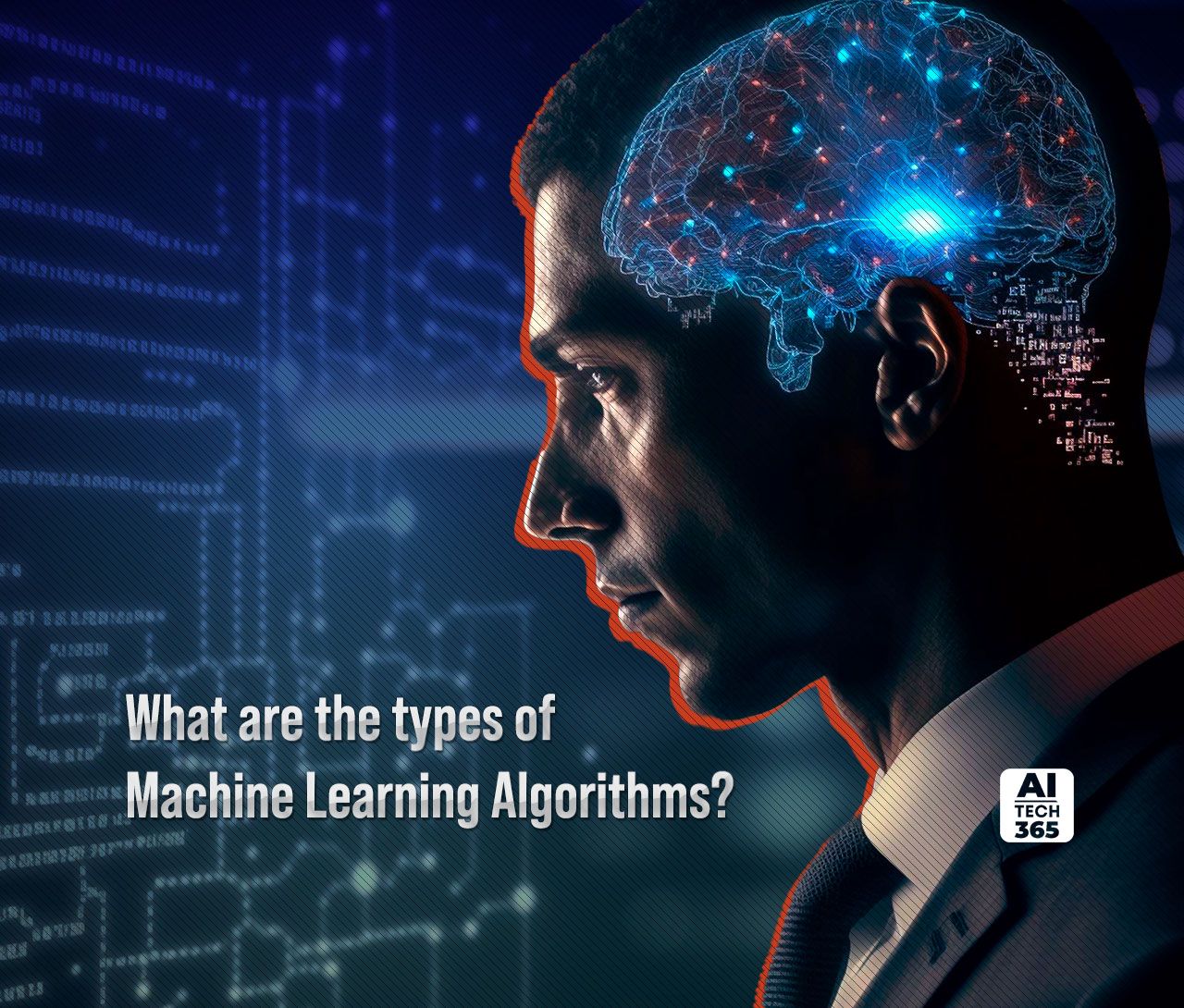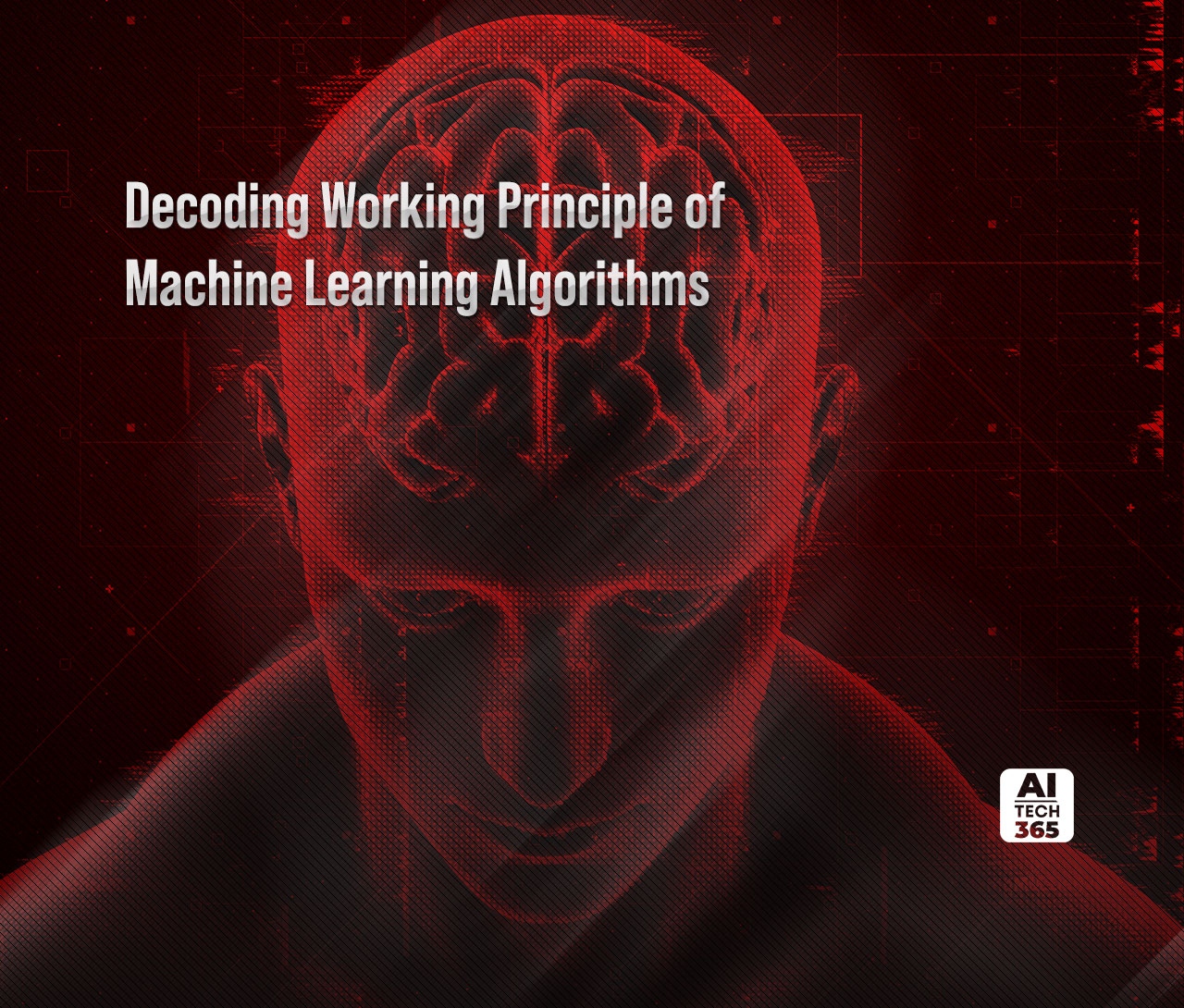In today’s data-driven world, organizations across various industries are grappling with the challenge of extracting meaningful insights from large volumes of complex data. Traditional methods of data analysis often fall short in handling the intricacies and scale of modern datasets. This is where machine learning algorithms come to the forefront, offering a powerful solution to this problem
Let’s dive in and learn everything about it.
What is a Machine Learning Algorithm?
A machine learning algorithm is a set of mathematical processes or techniques that enable an artificial intelligence (AI) system to perform tasks such as predicting output values from given input data. These algorithms are the engines of machine learning, as they transform a dataset into a model that can be used for analysis and decision-making. The choice of algorithm depends on the problem being solved, the available computing resources, and the nature of the data.
Machine learning (ML) algorithms play a crucial role in analyzing vast amounts of data to derive valuable insights, identify patterns, and make predictions or judgments. Various types of ML algorithms are employed, including supervised learning, unsupervised learning, semi-supervised learning, reinforcement learning, and deep learning.
A notable example of the impact of ML algorithms is evident in Netflix’s success. By leveraging its machine learning algorithm for personalization and content recommendations, Netflix achieved significant savings, estimated at $1 billion. This underscores the effectiveness of ML in enhancing user experience, optimizing content delivery, and driving business success through data-driven decision-making.
With the machine learning algorithms explained, now let’s explore more about its types.
What are the types of Machine Learning Algorithms?
Given below are the different types of machine learning.
- Unsupervised learning algorithms analyze unlabeled data to uncover hidden relationships, structures, or patterns without relying on fixed output labels. These algorithms excel at identifying data anomalies, correlations, or clusters. Unsupervised learning can be further divided into two types: clustering and association. Examples include the Apriori algorithm, which is used for association rule mining, and K-means clustering, which groups similar data points together based on their characteristics.
- Supervised learning involves external supervision to teach the system. Labeled datasets are extensively used to train the models. Once trained, the model is tested using a separate set of data to assess its ability to accurately predict desired outcomes. Supervised learning is further classified into Classification and Regression based on the nature of the problem being solved. In supervised learning, examples of machine learning algorithms include Decision Trees, Support Vector Machines, Random Forests, and Naive Bayes are commonly employed
- Reinforcement learning trains an agent to respond in a way that maximizes rewards or minimizes punishments. The algorithm learns through trial and error, receiving feedback in the form of praise or incentives. One well-known algorithm in this category is the Markov Decision Process.
- Deep learning algorithms, a subset of machine learning algorithms, extract complex patterns or representations from data using artificial neural networks with multiple layers. These algorithms have proven to be remarkably effective in tasks such as speech recognition, natural language processing, and image recognition.
Machine learning algorithms serve as the foundational building blocks that enable computers to learn from data and make informed decisions or predictions. They find applications in various industries, including marketing, self-driving cars, healthcare, and finance.
Decoding Working Principle of Machine Learning Algorithms
Machine learning algorithms utilize data to identify patterns and relationships when making predictions, classifications, or taking actions. The specific operations of these algorithms vary based on their nature and the problem they aim to address. Notably, ML algorithms have demonstrated impressive accuracy rates in various applications.
Here’s the comprehensive cheat sheet for machine learning algorithms:
Data Gathering: Relevant information is collected and prepared for machine learning activities. This includes gathering features (input variables) and labels (output variables) for supervised learning or unlabeled data for unsupervised learning.
Data Preprocessing: The collected data is cleaned, converted, and preprocessed to ensure its quality and compliance with the algorithm. This may involve tasks like handling duplicates, managing missing values, scaling features, or encoding categorical variables.
Training Phase: In supervised learning, the algorithm learns to map input features to output labels by training on labeled data. Using optimization techniques, the program adjusts its internal parameters or model during training to minimize the discrepancy between expected and actual labels.
Evaluation: After training, the algorithm is evaluated using a separate dataset known as the test set. This assessment measures how well the algorithm performs and its ability to categorize or predict based on new data.
Model Deployment: If the algorithm performs satisfactorily, it can be deployed to make predictions or assign categories to new real-world data. This may involve integrating the model into a program or system for user interaction or information provision.
Iterative Improvement: ML algorithms can be enhanced iteratively by adding more data, retraining the model, adjusting hyperparameters, or employing more sophisticated methods like deep learning or ensemble learning.
It’s essential to recognize that various ML techniques, including decision trees, support vector machines, neural networks, and clustering algorithms, each have distinct principles and algorithms. Choosing the most suitable algorithm depends on the problem characteristics and available data. Furthermore, the quality and representativeness of the training data, feature selection, and algorithmic parameter tuning are critical factors for the success of ML algorithms.
Final Takeaway
Machine learning revolutionizes computing by enabling systems to learn from data and make informed decisions or predictions. Through powerful algorithms, it uncovers hidden patterns, enhances processes, and fuels innovation across various sectors. As machine learning continues to advance, its impact on society and various sectors will only continue to grow. With its ability to learn from vast amounts of data, machine learning is poised to revolutionize industries, enhance decision-making, and contribute to technological advancements. The future of machine learning holds immense potential, and its transformative power is only just beginning to be realized.


